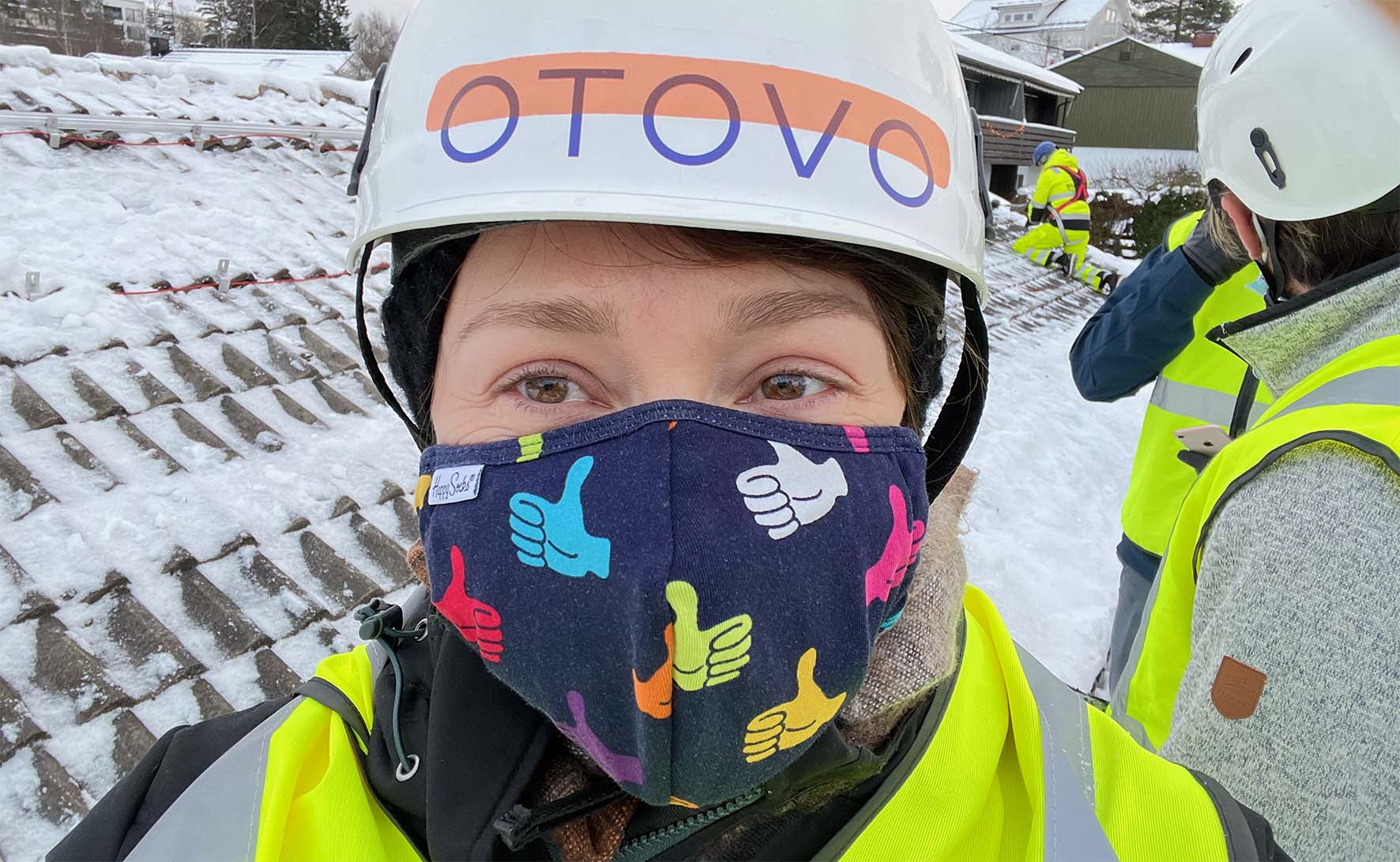In this post, I summarise some reflections on managing a product which is scaling to new markets, and on trying to stay close to the users as the pool grows and diversifies.
My favourite part of working with my previous products was the relationships I had with B2B users during the early phase. When piloting and launching those platforms, I was the product marketer, the product manager, the trainer and the first line of support. Yes, that was painful at times! But it gave me a lot of access. Whenever I was unsure about a product decision I could just pull out my phone and call a bunch of users directly to talk about how they perform certain activities, bounce ideas off them, or get instant feedback on recent features. They would always talk to me, and I always had fresh insight from my most important stakeholders. That felt extremely reassuring.
Long distance relationships are a team effort
Otovo’s platform has thousands of users, which means I don’t have them all in the contact list on my phone anymore. And the more markets we enter, the more users we have who I don’t share a language with. Finding ways to get that fresh insight is a constant challenge. I now spend a lot more time digging through data to discover how our users behave on the platform. We also use surveys, and we have started letting users enter feedback in the UI itself for certain parts of our product. My team and I talk to installers directly, but we can only get around a fraction of the user base, and each one we talk to will not necessarily represent a very large share of the pool. Not having the relationships also means it takes more effort to get the direct access. I am not the user’s primary point of contact at Otovo. They are busy, and may not take the time to talk to product people.
Side note on the data analysis: One thing I follow closely is the degree to which our installation partners are able to manage their prices and projects on the platform without our assistance. In order to synthesise this, we’ve established the “hand-holding index”. I think I’ll have to write a separate post about it - for now I’ll only say that it’s important to establish numbers that will let you follow whether new users are getting a product or a service.
On the bright side, we have some amazing proxies! Otovo has teams of experienced account managers, project managers and support managers in every market, who spend their working time supporting and collaborating with our installers. Every day, they aid installers in getting solar panels on roofs across Europe. Between them, they talk to all our installers on a regular basis, and are our eyes and ears on the ground. These people accumulate vast amounts of feedback and insight into the installers’ experience with the platform, and their participation in product development is crucial for my team.
Keep sampling - then validate
I have yet to nail an optimal mix of insight approaches, but one thing is certain: even with all these options, the biggest aha moments have still come when talking to installers directly. Even if I am familiar with a problem, discussing it with the user I can just feel it clicking into place in my head. Sometimes I call them to explore something specific but it trails off into some other subject the installer is struggling with which I wasn’t even aware of. Having frequent touch points is so valuable! You don’t always have to make a large scale planned effort - sky high methodology ambitions can become a hurdle when your resources are limited. Our installers are always on the go - it’s hard for them to schedule calls. The best way to reach them is often just to cold call and ask for a couple of minutes. I feel like a telemarketer for the first few moments, but those couple of minutes quickly turn into 30 or 40 when the user starts talking about what’s important to them. Between us, the members of my team cover several languages, which we take advantage of. Everyone gets to talk to installers, and even just a 10 minute check-in can get us some golden discovery leads! But keep in mind, the more the user base diversifies, the more you’ll have to validate your insights with other users and sources.
Localisation - you did it already
Adapting a product to make it work in new markets is tricky - there’s a balance to strike. Extensive localisation means you’ll spend too long setting up in each market - too little and you may not succeed over time. Some differences simply must be accommodated, like legal and financial requirements. But you also have to get your users to change their behaviour to get the most out of the product you’re offering them. And even if you get it right, most users will still have something they miss or want from the product. Making it work well for everyone means saying goodbye to the notion of making it perfect for any single user.
Managing the platform as it was launched in some of the first few markets outside Scandinavia has really given me a new perspective on my previous user relationships! Each step you take to fit a particular set of users may reduce your fit with another user group. New users will creatively work their way around those features you worked most closely with your first users to build. You’ll find yourself removing or reducing existing features to ease scalability and maintainability as the company sets out to conquer the world. After all, localisation is not something you embark on as you expand across your first border - your product is inherently localised to the market you started in.
Here’s me getting close to users on a roof earlier this year

